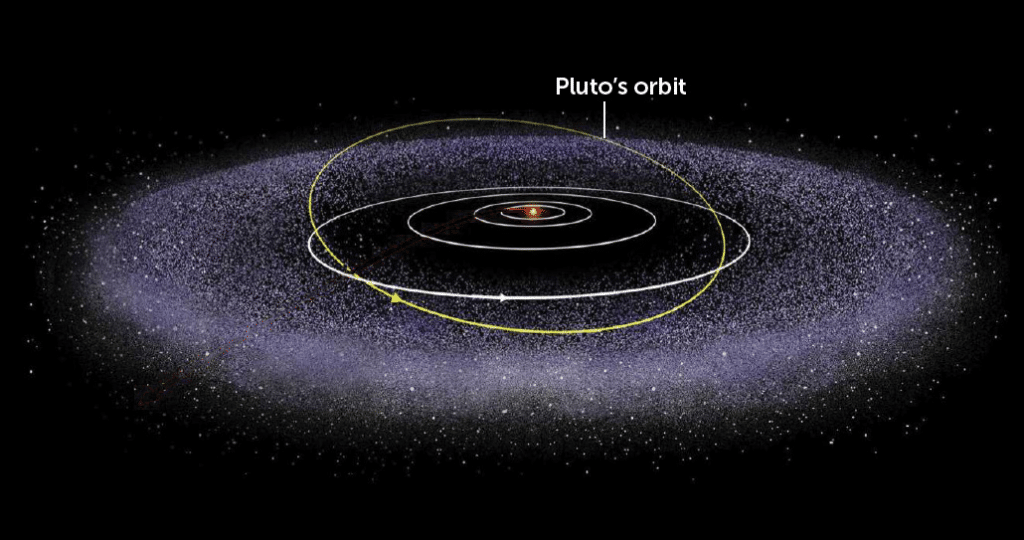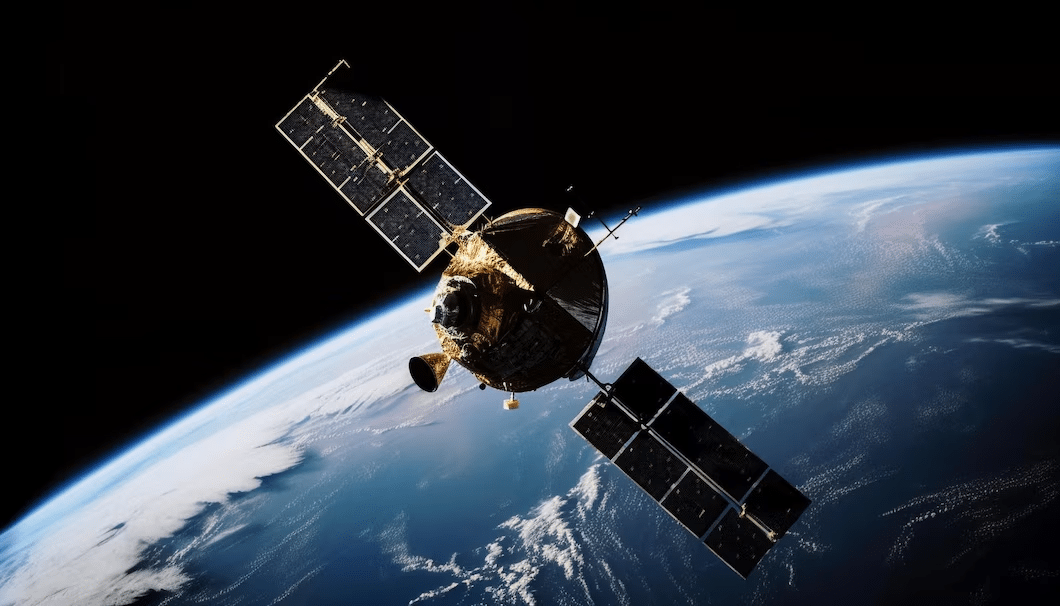Pluto has been a fascinating, small world for space scientists and planetary enthusiasts. It would be an understatement to say Pluto is full of mysteries, from its size to its many interesting features. The fact it’s no longer a planet doesn’t mean scientists aren’t embarking upon Pluto explorations. In this article, we’ll uncover Pluto’s demotion and recent discoveries.
Why was Pluto demoted?
In 2006, Pluto was demoted from a planet to a dwarf planet, although it had just been named a planet in 1930. So it’s only normal to wonder why scientists said Pluto wasn’t qualified to be called a planet.
Courtesy: WIRED
While Pluto meets two of the three conditions for a celestial body to be called a planet, it doesn’t completely meet the requirements. Although it orbits a star and is massive enough to assume a round shape, it’s not the gravitationally dominant object in its orbit.
Pluto’s mysterious size
Pluto is a small celestial body that fascinates scientists due to the wide range of geological formations it supports. For a body as small as Pluto, its geographical history is a mystery that is yet to be unraveled.
Courtesy: Centauri Dreams
Pluto features icy plains called Sputnik Planitia, stretching hundreds of miles like a frozen sea. It also features dramatic canyons and towering mountains, resulting in a paradox that still eludes scientists.
Pluto’s composition
Another mysterious discovery about Pluto is its puzzling composition. Scientists wonder how Pluto’s materials interact to define its atmosphere and surface. Pluto is mainly made up of ice and rock.
Courtesy: New Horizons
Pluto has a rocky core surrounded by a mantle of water ice, nitrogen ice, and other volatile compounds. These volatile compounds make Pluto expand and contract as it moves along its elliptical orbit.
Pluto’s incredible nature
With a diameter of about 1,500 miles, Pluto is dwarfed by other planets in our solar system. However, despite its small size, it raises different questions due to its dynamic nature.
Courtesy: Smithsonian Magazine
In plain words, Pluto has several unconventional features that even other planets don’t possess. Pluto’s discoveries prove that celestial bodies are even more dynamic than scientists ever anticipated.
An unusual orbit
While most plants have a relatively circular orbit, Pluto has an elliptical orbit around the Sun; it looks like it’s dancing around the Sun. Pluto moves closer to the Sun than even Neptune does.
Courtesy: Red Canyon Software
This unusual orbit might be due to the dwarf planet’s gravitational interactions with Neptune. However, scientists are still trying to discover more about the implications of this elliptical orbit on Pluto’s geology and climate.






